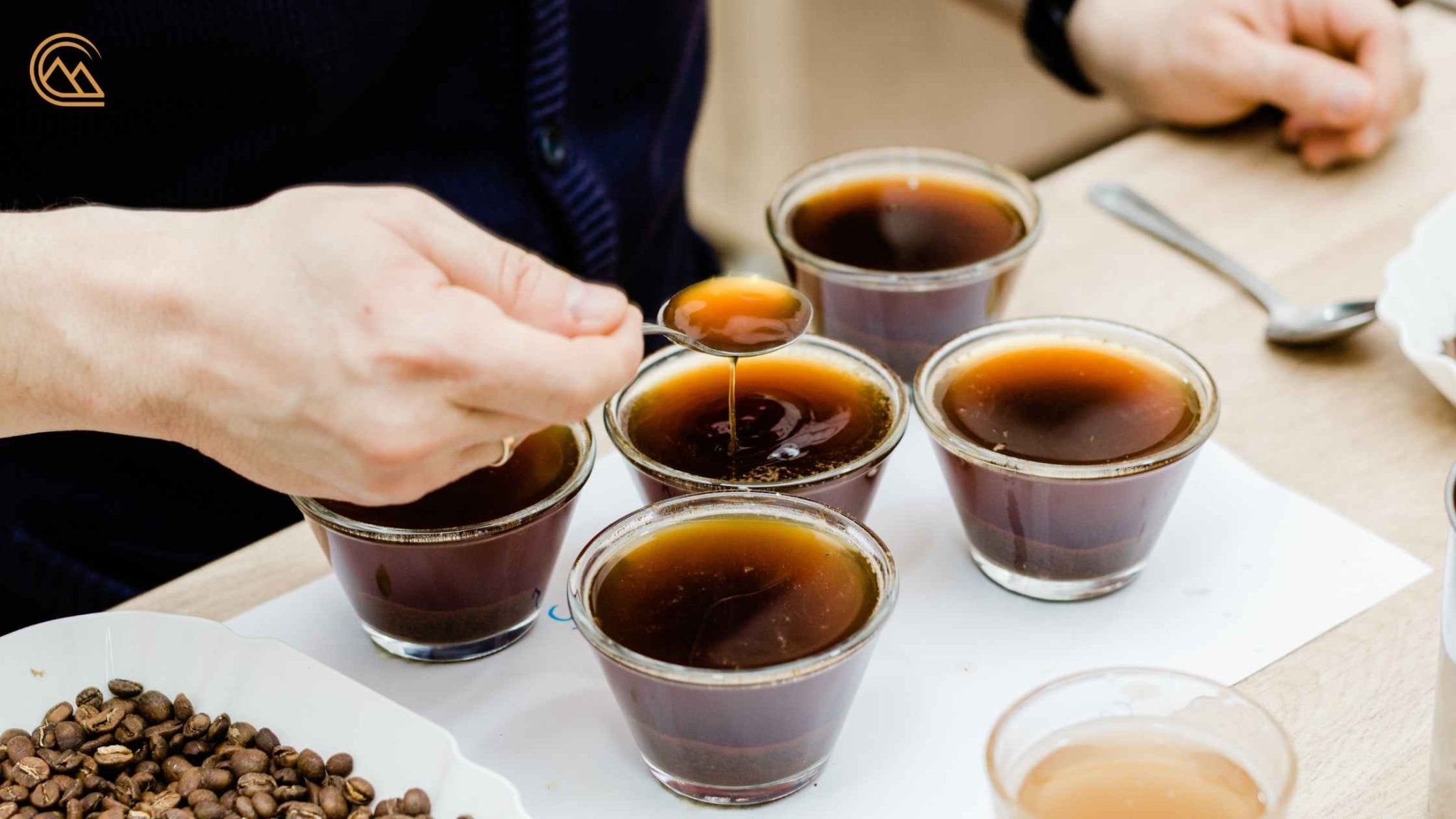
Coffee Tasting 101: How to Taste Coffee like a Pro
Coffee is more than a morning ritual; it's a journey of flavors waiting to be explored. In the realm of coffee enthusiasts, tasting coffee is not just a thing – it's an art. Let's delve into the fundamentals of coffee tasting, exploring the five key elements and unraveling the secrets of tasting coffee like a seasoned pro.
Is Coffee Tasting a Thing?
Absolutely. Coffee tasting, often referred to as cupping, is a well-established practice in the coffee world. It involves evaluating the aroma, flavor, acidity, body, and aftertaste of coffee. Similar to wine tasting, coffee tasting allows you to appreciate the intricate nuances and characteristics of different beans.
What Are the 5 Elements of Tasting Coffee?
1. Aroma:
The aroma is your first introduction to the coffee experience. Inhale deeply, savoring the scents that waft from the cup. A well-brewed coffee will have a rich, enticing aroma that hints at the flavor complexities to come.
2. Flavor:
The flavor profile of coffee is vast and diverse. Note the primary flavors, whether it's the fruity notes of Ethiopian beans or the chocolatey richness of a Colombian blend. Take small sips, letting the coffee coat your palate to fully grasp its taste.
3. Acidity:
Coffee acidity refers to the bright, tangy notes that lift the flavor. It's not about a sour taste but rather a pleasant, crisp quality that adds vibrancy. Coffees from regions like Kenya are known for their pronounced acidity.
4. Body:
The body of coffee is its weight or thickness on the palate. Some coffees have a light, tea-like body, while others are heavy and velvety. The body contributes to the overall mouthfeel, enhancing the sensory experience.
5. Aftertaste:
Also known as the finish, the aftertaste is the lingering impression coffee leaves. A quality coffee will have a clean, pleasant aftertaste that prolongs the enjoyment. Take note of any lingering flavors or sensations.
How to Taste Coffee Like an Expert?
1. Use Freshly Ground Beans:
The foundation of a great tasting experience starts with fresh beans. Grind your coffee just before brewing to capture the maximum flavor potential.
2. Mind Your Water Quality:
Coffee is mostly water, so ensure it's of high quality. Use filtered water at the right temperature (around 200°F or 93°C) for brewing. Impurities in water can affect the taste.
3. Master the Art of Slurping:
Embrace the slurp. When you slurp coffee, you aerate it, spreading it across your palate and enhancing your ability to detect flavors. It might feel unusual at first, but it's a key technique.
4. Engage All Your Senses:
Coffee tasting is a multisensory experience. Observe the color, inhale deeply to appreciate the aroma, take small sips to savor the flavor, and note the aftertaste. Engage all your senses in the process.
5. Practice Regularly:
Becoming proficient in coffee tasting requires practice. Attend cupping sessions, try different beans, and make tasting a regular part of your coffee routine. Your palate will develop, and you'll become more attuned to the subtleties of each cup.
Coffee tasting is indeed a thing, and it's an enriching journey for anyone passionate about coffee. The five elements of aroma, flavor, acidity, body, and aftertaste serve as your guide to unlocking the full spectrum of coffee's complexities. With the right techniques and a mindful approach, you can elevate your coffee experience from a routine to a refined art. Start tasting, start exploring, and let each cup be a celebration of the world of coffee.
Is Coffee Tasting a Thing?
Absolutely. Coffee tasting, often referred to as cupping, is a well-established practice in the coffee world. It involves evaluating the aroma, flavor, acidity, body, and aftertaste of coffee. Similar to wine tasting, coffee tasting allows you to appreciate the intricate nuances and characteristics of different beans.
What Are the 5 Elements of Tasting Coffee?
1. Aroma:
The aroma is your first introduction to the coffee experience. Inhale deeply, savoring the scents that waft from the cup. A well-brewed coffee will have a rich, enticing aroma that hints at the flavor complexities to come.
2. Flavor:
The flavor profile of coffee is vast and diverse. Note the primary flavors, whether it's the fruity notes of Ethiopian beans or the chocolatey richness of a Colombian blend. Take small sips, letting the coffee coat your palate to fully grasp its taste.
3. Acidity:
Coffee acidity refers to the bright, tangy notes that lift the flavor. It's not about a sour taste but rather a pleasant, crisp quality that adds vibrancy. Coffees from regions like Kenya are known for their pronounced acidity.
4. Body:
The body of coffee is its weight or thickness on the palate. Some coffees have a light, tea-like body, while others are heavy and velvety. The body contributes to the overall mouthfeel, enhancing the sensory experience.
5. Aftertaste:
Also known as the finish, the aftertaste is the lingering impression coffee leaves. A quality coffee will have a clean, pleasant aftertaste that prolongs the enjoyment. Take note of any lingering flavors or sensations.
How to Taste Coffee Like an Expert?
1. Use Freshly Ground Beans:
The foundation of a great tasting experience starts with fresh beans. Grind your coffee just before brewing to capture the maximum flavor potential.
2. Mind Your Water Quality:
Coffee is mostly water, so ensure it's of high quality. Use filtered water at the right temperature (around 200°F or 93°C) for brewing. Impurities in water can affect the taste.
3. Master the Art of Slurping:
Embrace the slurp. When you slurp coffee, you aerate it, spreading it across your palate and enhancing your ability to detect flavors. It might feel unusual at first, but it's a key technique.
4. Engage All Your Senses:
Coffee tasting is a multisensory experience. Observe the color, inhale deeply to appreciate the aroma, take small sips to savor the flavor, and note the aftertaste. Engage all your senses in the process.
5. Practice Regularly:
Becoming proficient in coffee tasting requires practice. Attend cupping sessions, try different beans, and make tasting a regular part of your coffee routine. Your palate will develop, and you'll become more attuned to the subtleties of each cup.
Coffee tasting is indeed a thing, and it's an enriching journey for anyone passionate about coffee. The five elements of aroma, flavor, acidity, body, and aftertaste serve as your guide to unlocking the full spectrum of coffee's complexities. With the right techniques and a mindful approach, you can elevate your coffee experience from a routine to a refined art. Start tasting, start exploring, and let each cup be a celebration of the world of coffee.

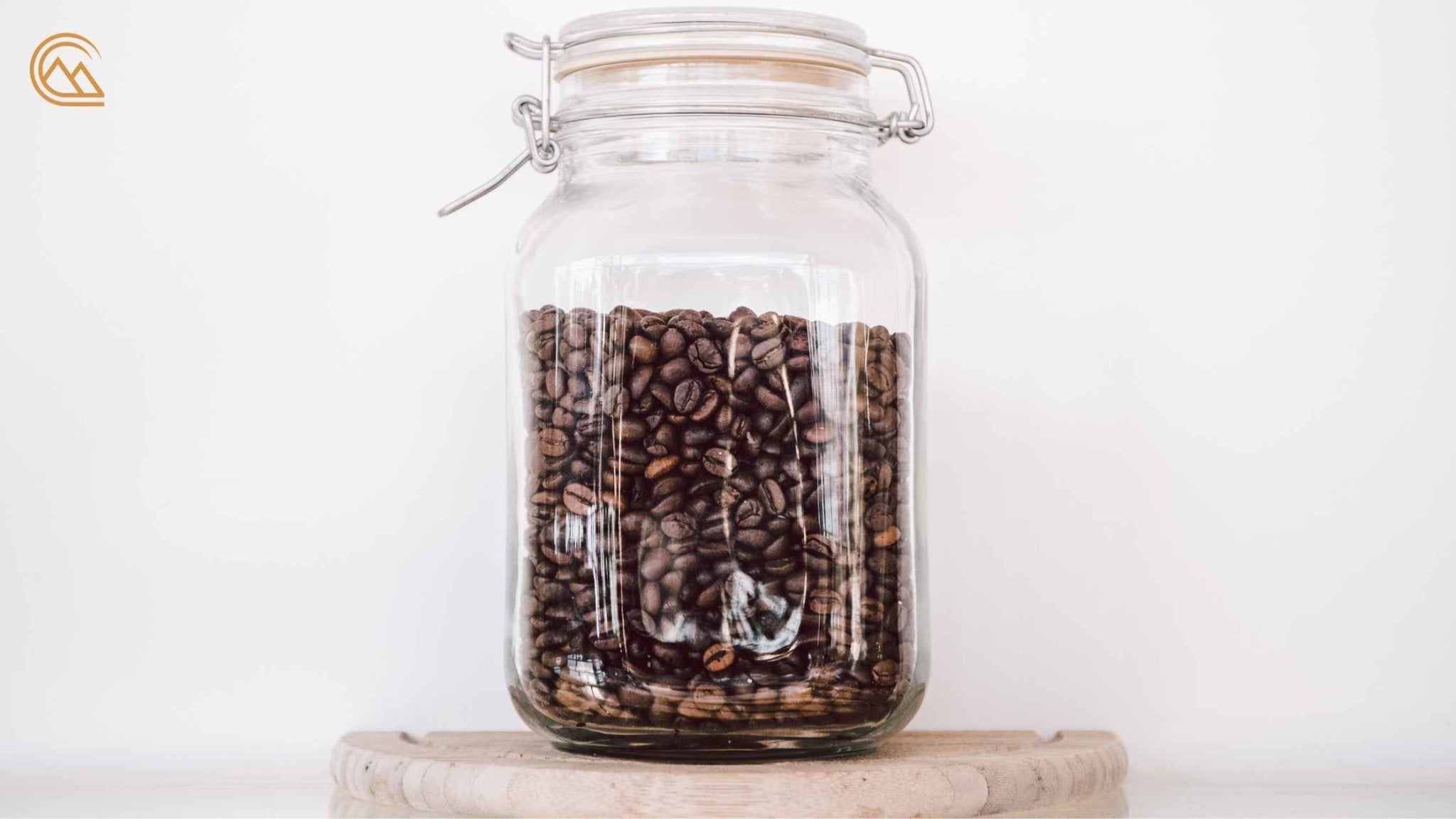

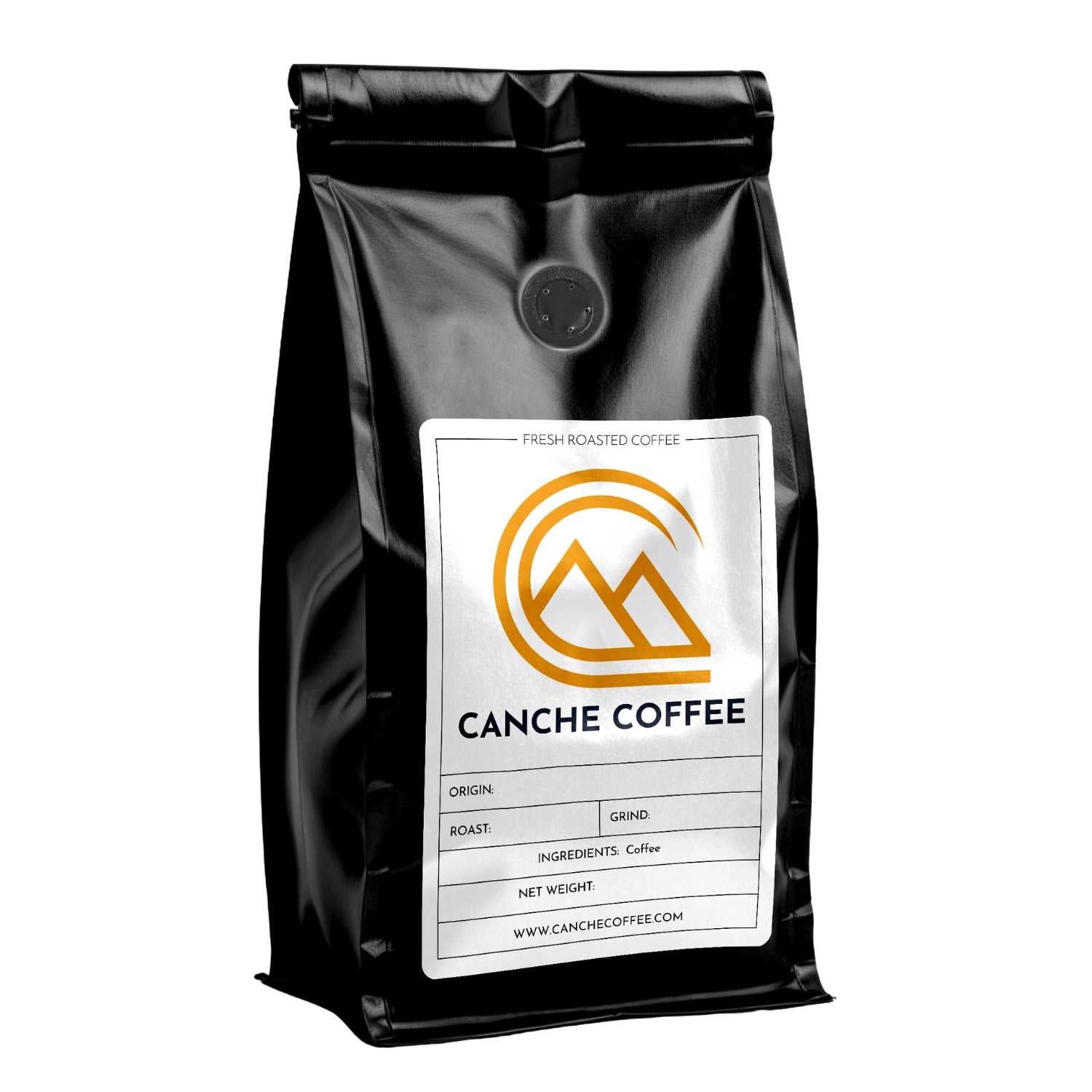
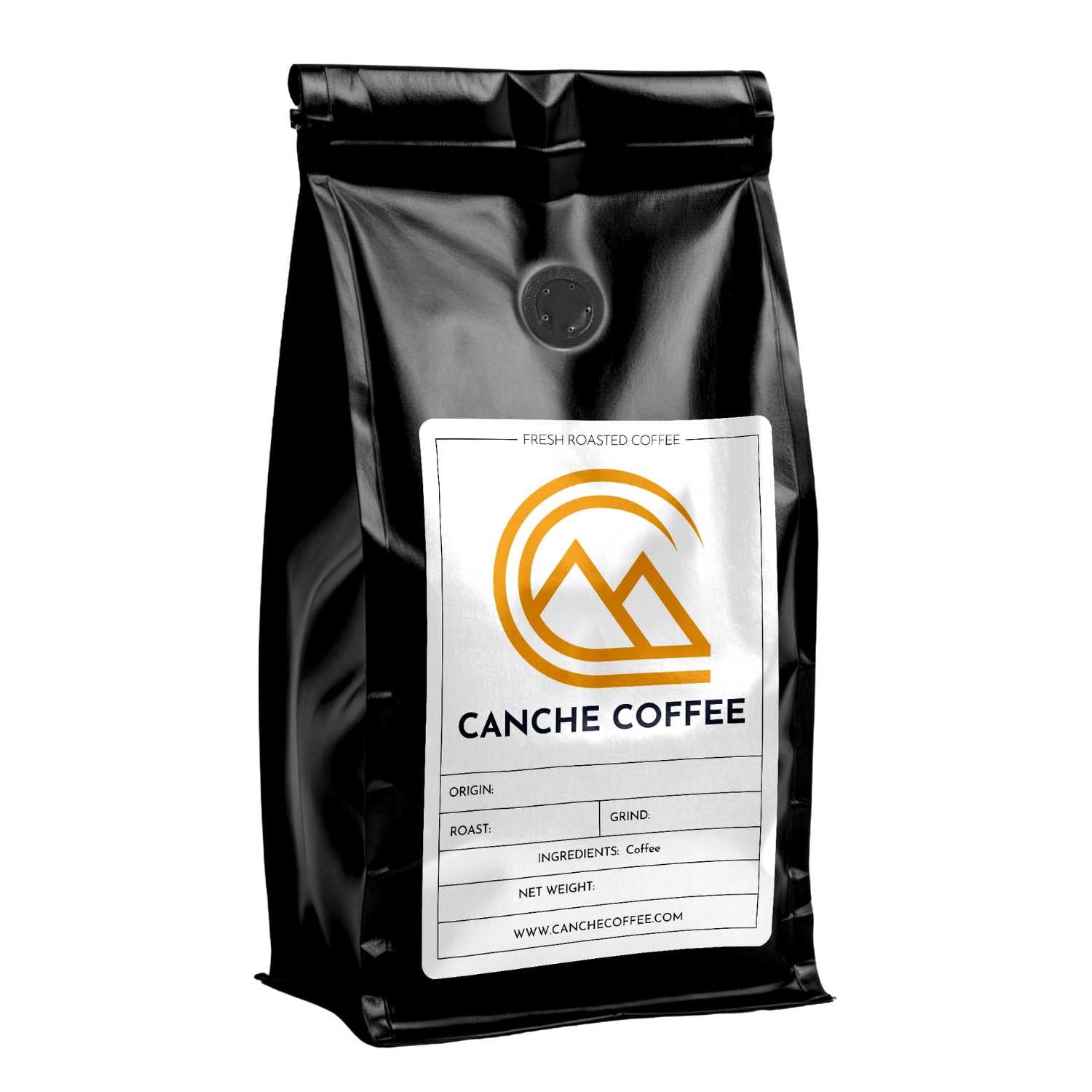
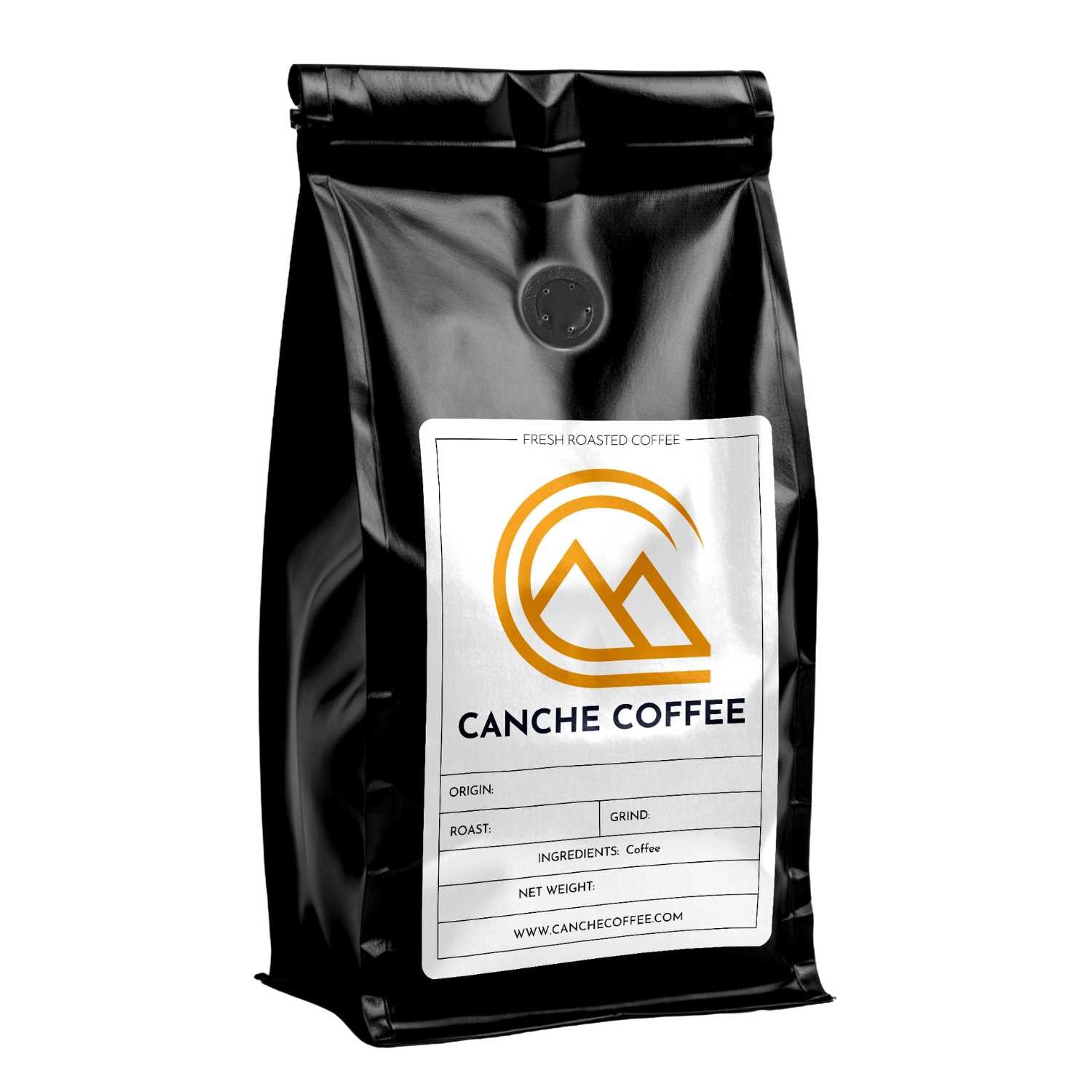

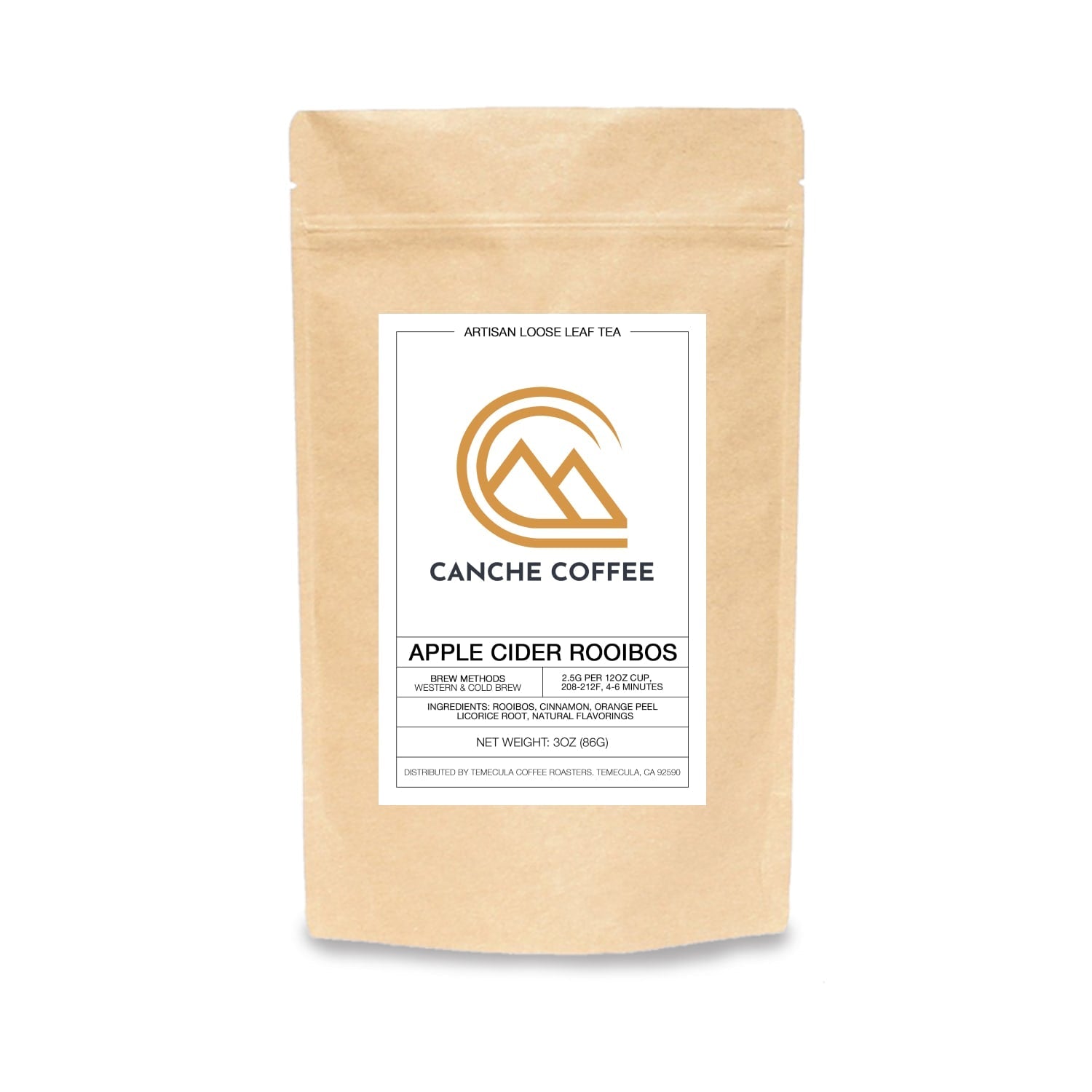
Leave a comment
This site is protected by hCaptcha and the hCaptcha Privacy Policy and Terms of Service apply.